The Amazon Rainforest, often referred to as the “lungs of the Earth,” is a vast and vibrant ecosystem teeming with life. Among its most fascinating and enigmatic inhabitants are the big cats. These apex predators play a vital role in maintaining the health and balance of the rainforest ecosystem. In this article, we’ll explore the significance of big cats in the Amazon, delving into their roles, behaviors, and the challenges they face.
The Big Cats of the Amazon: An Overview
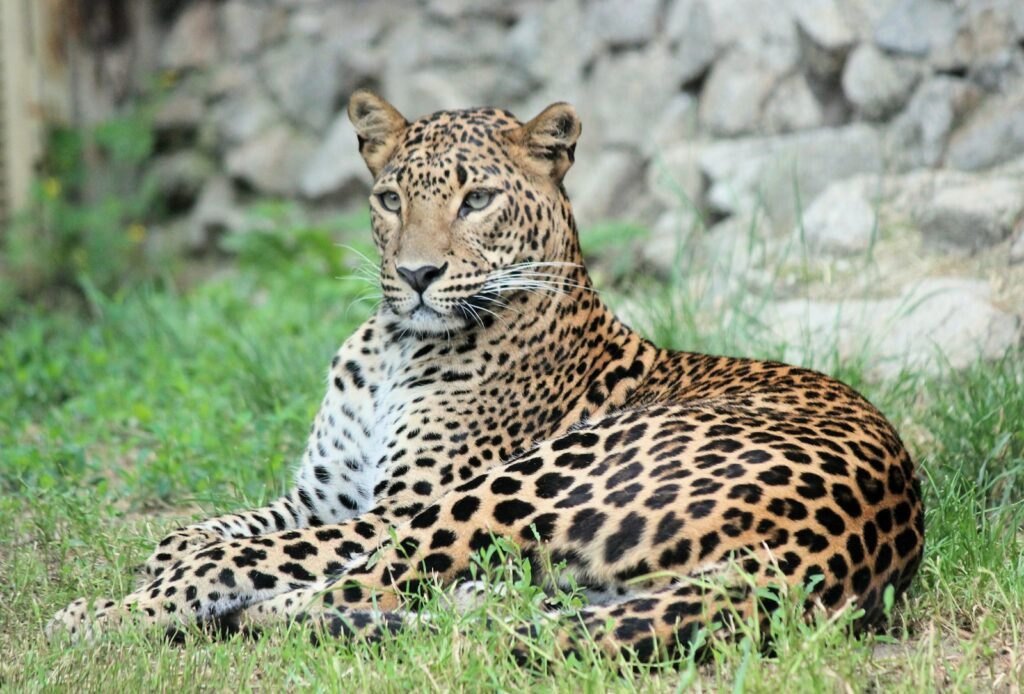
The Amazon Rainforest is home to a variety of big cats, with the most prominent being the jaguar (Panthera onca). Recognizable by its distinctive rosette-patterned coat, the jaguar is the largest cat in the Americas and an iconic symbol of the Amazon. Cougars, also known as pumas, are another significant big cat species found in the region, albeit less frequently than jaguars. These cats are elusive and serve crucial ecological roles in their habitats.
Ecological Importance of Big Cats
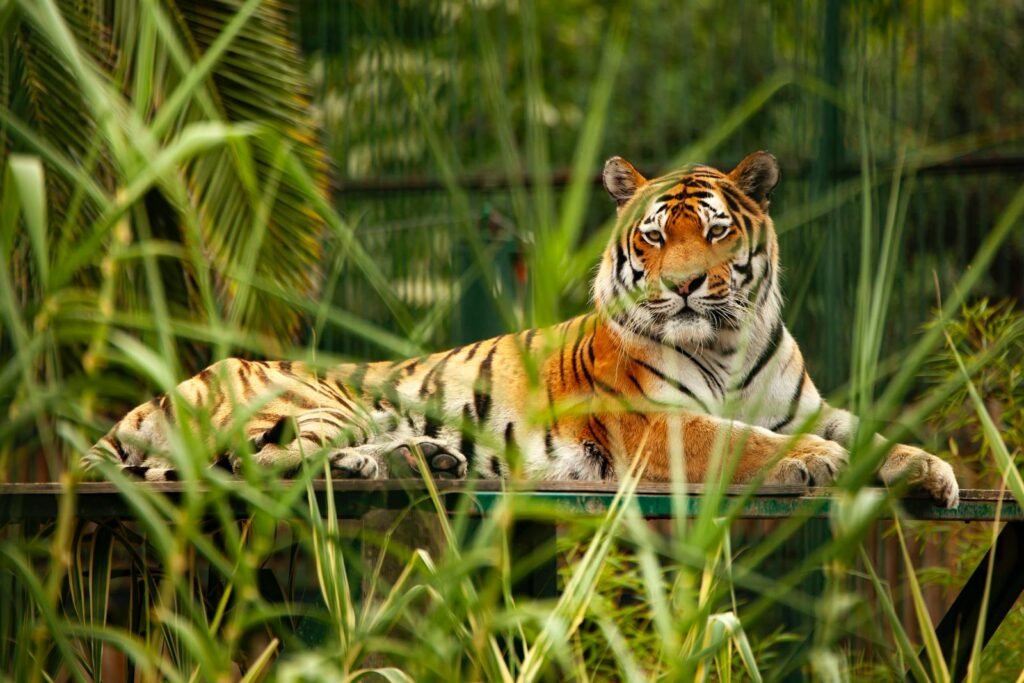
Big cats are essential to the Amazon’s complex food web. As apex predators, they help control the populations of herbivores and smaller predators, preventing any single species from dominating the ecosystem. This top-down regulation is crucial for maintaining biodiversity, as it fosters a balanced distribution of species across the ecological spectrum.
Impact on Prey Populations
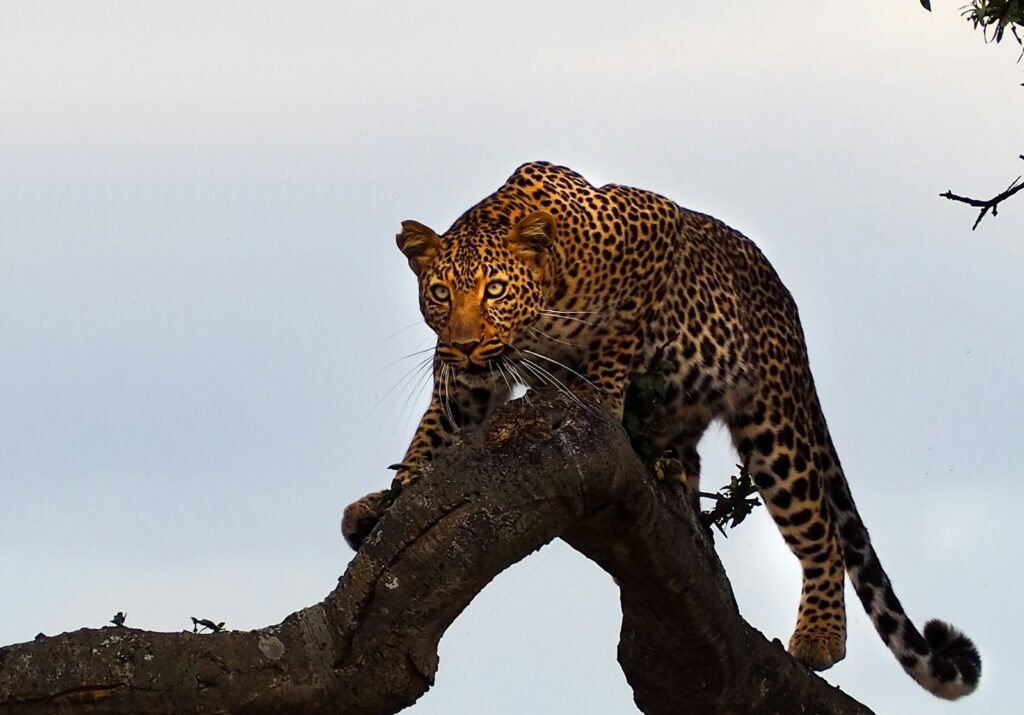
The presence of big cats influences the behavior and population size of their prey. By preying upon various herbivores, such as deer and capybaras, big cats limit browsing pressure on vegetation, allowing plant species to thrive. This, in turn, supports a diverse array of flora and fauna, contributing to the overall health of the rainforest.
Seed Dispersal and Plant Diversity
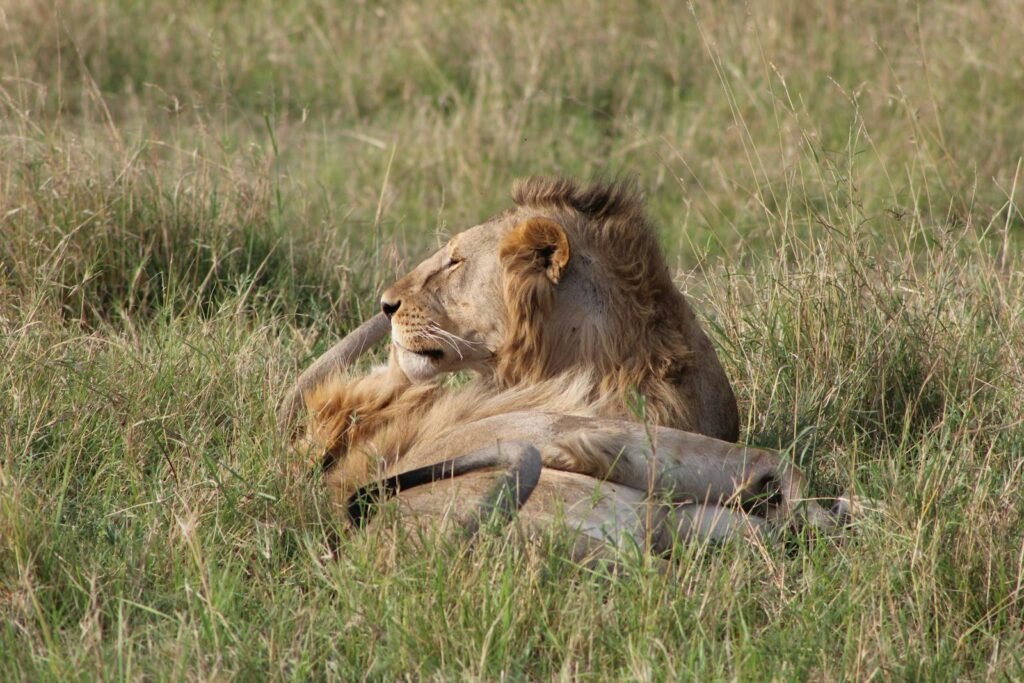
Big cats also indirectly contribute to seed dispersal, a crucial ecological process. Some of their prey are frugivores—fruit-eating animals—that ingest seeds and later deposit them, promoting plant diversity and regeneration. Jaguars and other big cats, by managing the population of these seed dispersing species, indirectly support forest renewal and growth.
Role in Ecosystem Stability
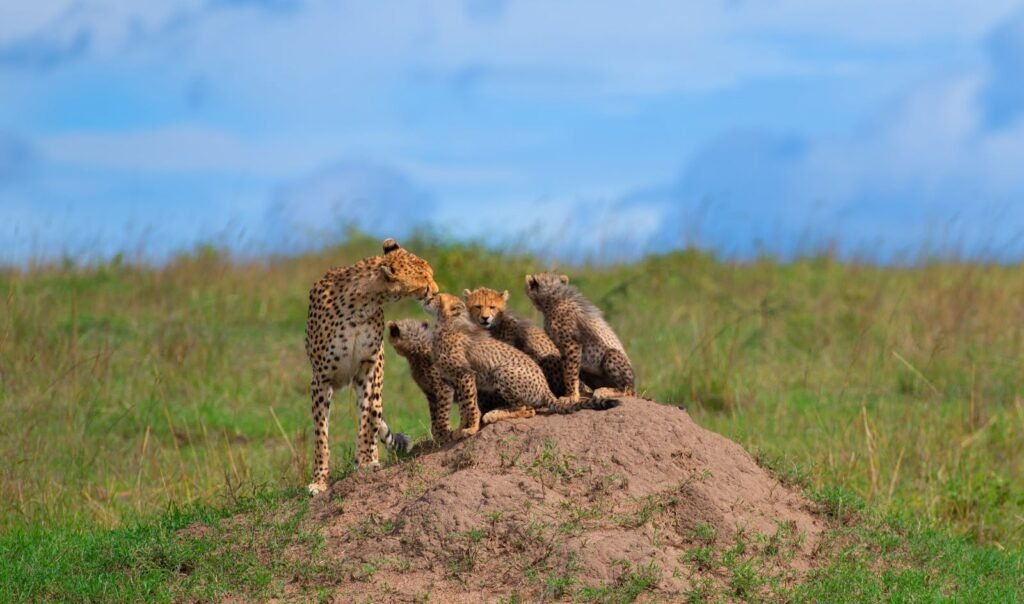
The ecological stability of the Amazon Rainforest depends significantly on the balance maintained by its apex predators. Without big cats, herbivore populations could grow unchecked, leading to overgrazing and eventual habitat degradation. Big cats ensure that the intricate balance of the ecosystem is preserved, protecting its integrity.
Cultural and Economic Benefits
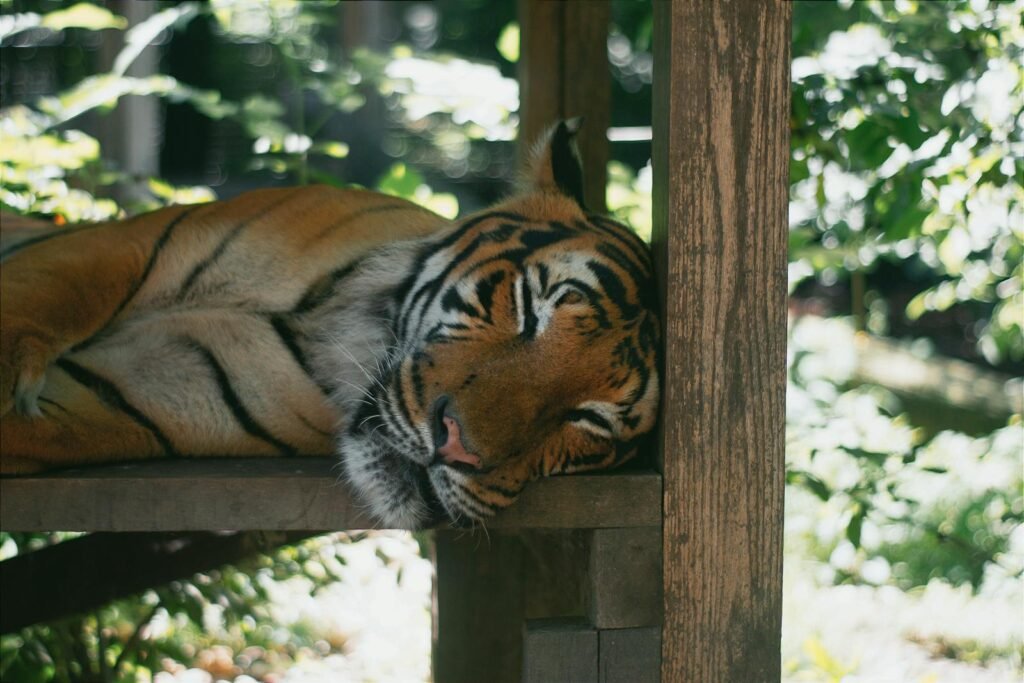
Big cats hold a significant cultural value for many indigenous communities in the Amazon, acting as emblematic figures in their folklore and traditions. Moreover, these captivating creatures attract eco-tourists, contributing to local economies through sustainable tourism initiatives. The presence of big cats adds intrinsic value to the rainforest, both culturally and economically.
Threats Facing Big Cats
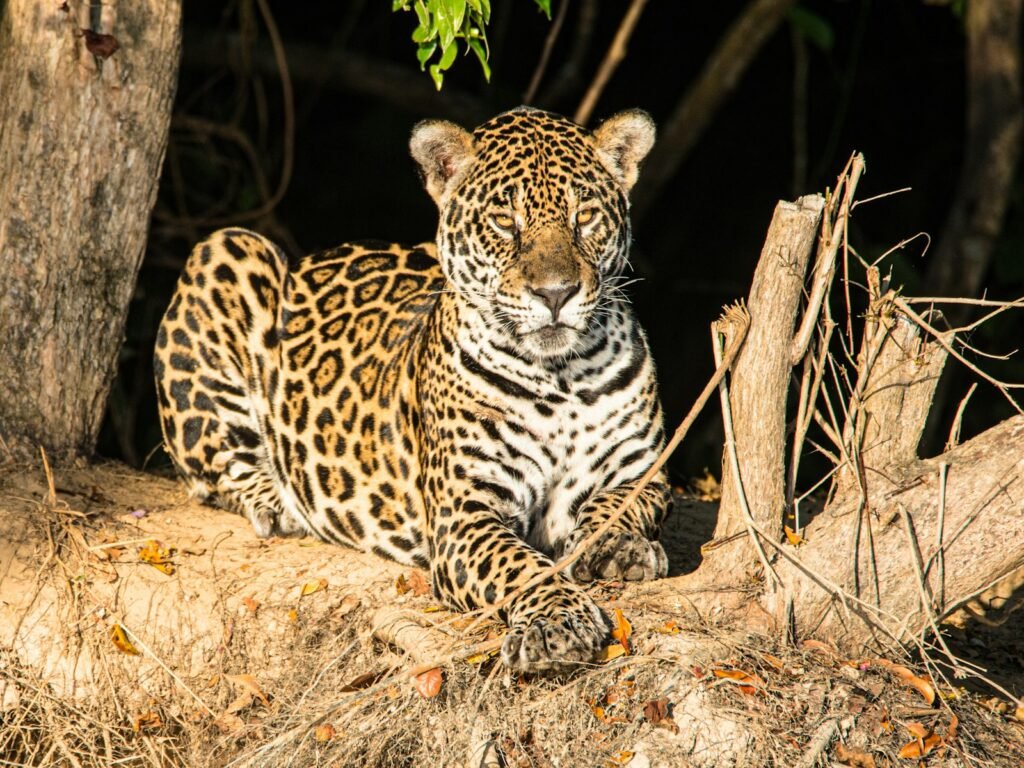
Despite their importance, big cats in the Amazon face numerous threats. Habitat destruction due to deforestation for agriculture and infrastructure development is a critical concern, reducing their natural habitat. Poaching and illegal wildlife trade also pose significant risks to their survival, with jaguars being targeted for their pelts and other body parts.
Conservation Efforts and Strategies
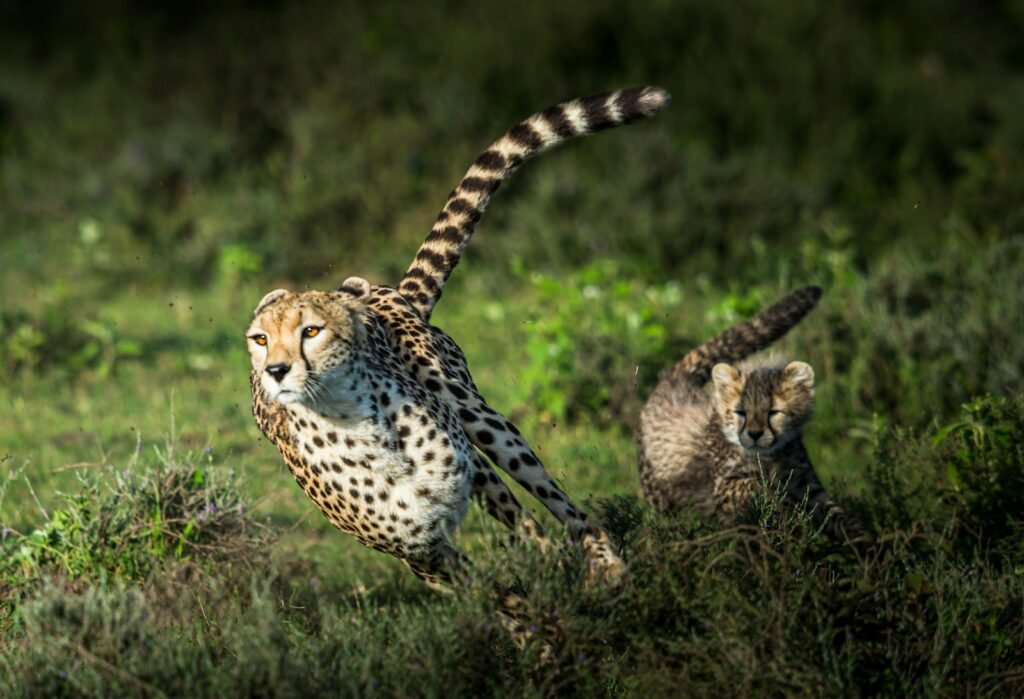
Efforts to conserve big cats in the Amazon focus on habitat protection, anti-poaching measures, and community education. Establishing protected areas and wildlife corridors helps maintain connectivity between fragmented populations. Engaging local communities in conservation initiatives ensures sustainable management practices that benefit both people and wildlife.
The Future of Big Cats in the Amazon
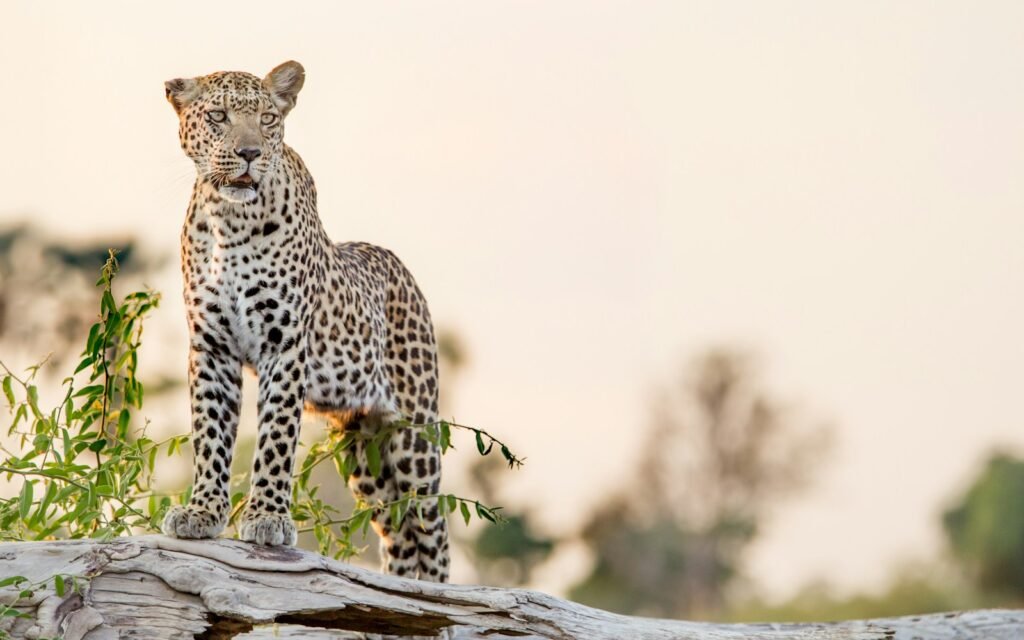
Securing the future of big cats in the Amazon will require ongoing research, conservation strategies, and international cooperation. By addressing the root causes of habitat loss and fostering a deeper understanding of the ecological importance of these magnificent predators, we can work towards preserving both the Amazon Rainforest and its majestic feline inhabitants for generations to come.
Conclusion: Embracing the Majesty of Big Cats
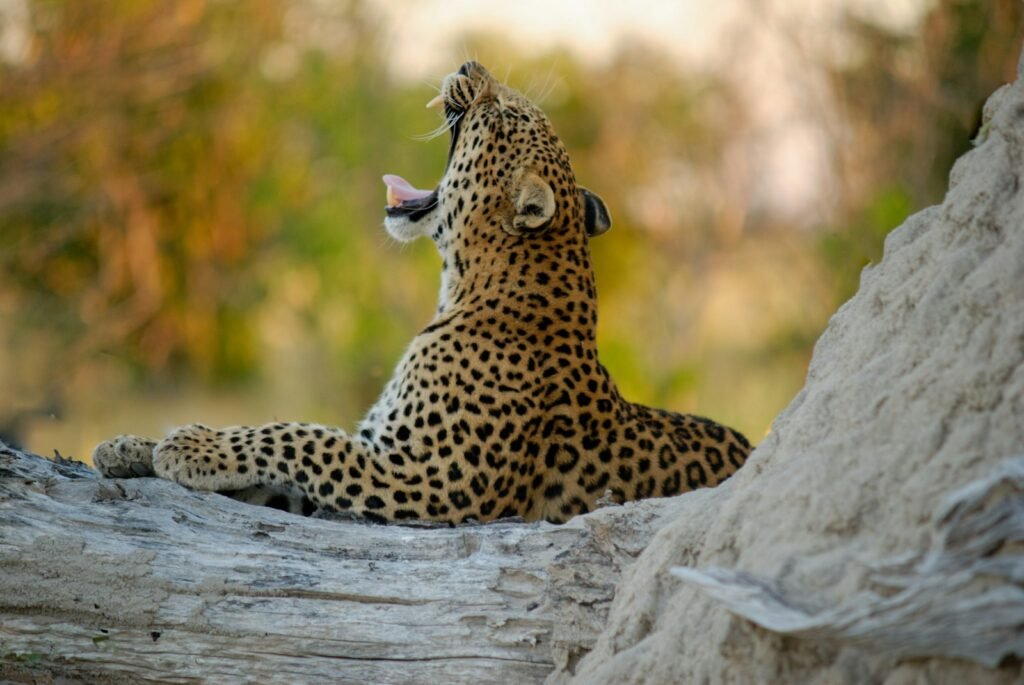
Big cats are not only vital ecological components of the Amazon Rainforest but also captivating symbols of its wild beauty. Their presence ensures the continued vitality and diversity of one of the Earth’s most crucial ecosystems. By recognizing their importance and actively supporting conservation efforts, we can help preserve the Amazon and its regal residents for future generations to admire and study.
Hi, I’m Bola, a passionate writer and creative strategist with a knack for crafting compelling content that educates, inspires, and connects. Over the years, I’ve honed my skills across various writing fields, including content creation, copywriting, online course development, and video scriptwriting.
When I’m not at my desk, you’ll find me exploring new ideas, reading books, or brainstorming creative ways to solve challenges. I believe that words have the power to transform, and I’m here to help you leverage that power for success.
Thanks for stopping by, Keep coming to this website to checkout new articles form me. You’d always love it!






